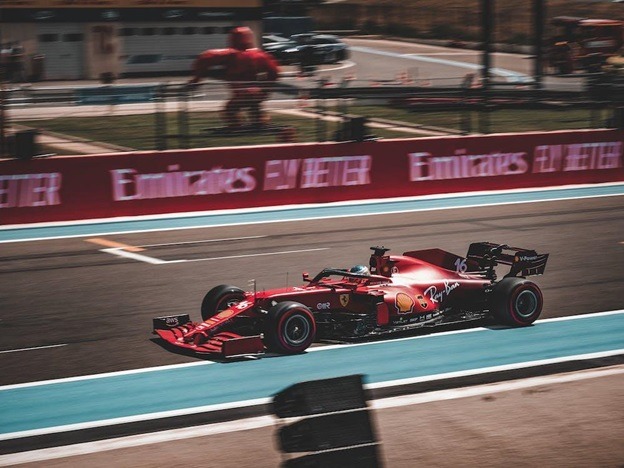Formula 1 — it’s one of the most exhilarating and high-speed motorsports in the world, with drivers reaching speeds over 350 kmh (217 mph). While the excitement of the race is unparalleled, the safety of the drivers remains a top priority.
While some collisions might look life-threatening at first glance, there’s a reason why drivers usually walk away unscathed. It’s thanks to the safety innovations that Formula 1 technicians have implemented into these cars over the years.
Let’s go over 3 of the most important safety features in Formula 1 cars that save lives on a weekly basis.
1. Halo
First introduced in the 2018 season, the Halo safety device initially received its fair share of criticism, with drivers such as Kevin Magnussen and Max Verstappen arguing that it blocked their lines of sight and impacted their vehicle’s aerodynamics. Nonetheless, its role in saving the lives of various drivers in perilous accidents has put everyone on the same page regarding its importance.
A 12-pound titanium weight able to support over 26,000 pounds, the Halo has proven instrumental for protecting the driver’s head from flying debris. Speaking of Max Verstappen, who knows what could’ve been the outcome of his Monza 2021 crash with Lewis Hamilton as his car went over top of the Mercedes’ driver – the Halo was the only thing protecting Hamilton from 1,800 pounds of steel.
It’s safe to say that the number of accidents on roads would significantly increase if people were to cruise at the same speeds as Formula 1 drivers. This makes it important to not only understand the latest safety advancements in motorsport racing, but also to be prepared in the event of an accident with the use of a comprehensive guide to car accidents.
2. Kevlar Fuel Tanks
Considering every vehicle carries 100 kg of fuel at the start of races, fire blazes triggered by accidents are one of the most devastating accidents that can take place on a Formula 1 track. Countless drivers in the past have died because they weren’t able to hop out of their cockpits and escape the blazing heat, despite the on-track marshals’ best efforts.
Thus, to counteract this peril, Formula 1 cars are fitted with Kevlar fuel tanks, a material commonly used for bullet-proofing and possessing heat-resistant qualities. The fabric also happens to be surprisingly light, which also helps cars meet weight limits.
3. Survival Cell
The survival cell is a protective structure in a F1 car made of high-strength materials and is designed to withstand extreme impact and deformation. The survival cell surrounds the driver’s cockpit and includes features such as a reinforced headrest, high-strength seat belts, and protective foam padding to reduce the risk of injury to the driver.
We all remember Romain Grosjean’s fireball crash in Bahrain 2020, which showcased the strength of the monocoque design, as the Frenchman only sustained minor injuries, including broken ribs and burns on his hands, despite the car splitting in half and catching fire after crashing through a barrier. In a similar situation on a public road, the outcome could likely have been much more severe.
Closing Thoughts
The safety of drivers and teams in Formula 1 will always continue to be a major focus. Fortunately, the implementation of cutting-edge safety features has dramatically improved the sport. The three features highlighted demonstrate the ongoing commitment to ensuring the safety of all those involved in Formula 1 racing, as well as those looking to make a name for themselves in the lower tiers.
As a result of these innovations, the sport has become safer for drivers, teams, and fans alike. Becoming a motorsport racing driver – despite the inherent risks that come with the profession – has never been safer.

